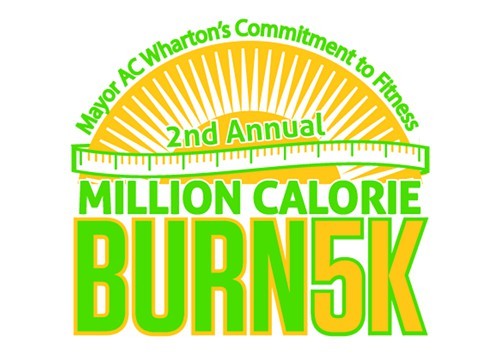
Memphians are being challenged by Mayor A C Wharton and Common Table Health Alliance to collectively burn one million calories this Saturday (September 27th).
The challenge comes in the form of the 2nd annual “Commitment to Fitness Million Calorie Burn 5K.” Registration for the 5K will begin at 7:30 a.m. at Highpoint Church (6000 Briarcrest). The race starts at 9 a.m.
Participants will hit the ground running at Highpoint Church and travel through the East Memphis Ridgeway Loop and Shady Grove community.
In addition to the race, the event will feature a one-mile “Family Fun Run,” live music, food, yoga and Zumba demonstrations, blood pressure screenings, and a post-race awards ceremony.
“Memphis and Shelby County continue to be challenged by social and economic factors that drive many regional health indicators to the bottom third of most national and state health rankings, and our childhood obesity rates are some of the highest in the country, a key indicator of early diagnosis of juvenile diabetes,” said Renée Frazier, CEO of Common Table Health Alliance, in a statement. “While these statistics are startling, adopting a healthy, active lifestyle is a simple solution to this growing problem.”
According to the Tennessee County Health Rankings, adult obesity in Shelby County is 35 percent — the highest it’s been in the last four years.
Obesity rates in Shelby County Schools, however, appear to be declining. According to data from the Tennessee Department of Education, 35.7 percent of Shelby County public school students were considered overweight or obese, during the 2012-13 school year. The average for all Tennessee public school students that year was 38.5 percent.
Obesity isn’t an issue that only impacts Memphis but Tennessee as a whole. In 2013, the state was ranked as the 10th most obese place — tying with Michigan — in the nation, according to the health report “F as in Fat: How Obesity Threatens America’s Future.” Furthermore, Tennessee is one of 13 states that have an adult obesity rate above 30 percent.
Wharton and the Common Table Health Alliance hope the Million Calorie Burn 5K helps bring more awareness to the city and state’s obesity epidemic, and also encourages people to live healthier by eating better and being more active.
The first 200 participants who register for the race will receive a free Nike goody bag. All participants will receive a Million Calorie Burn 5K t-shirt.
To register or learn more about the Million Calorie Burn 5K, contact Common Table Health Alliance at (901) 684-6011 or click here.
